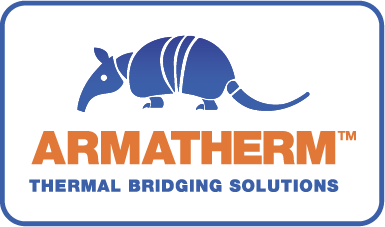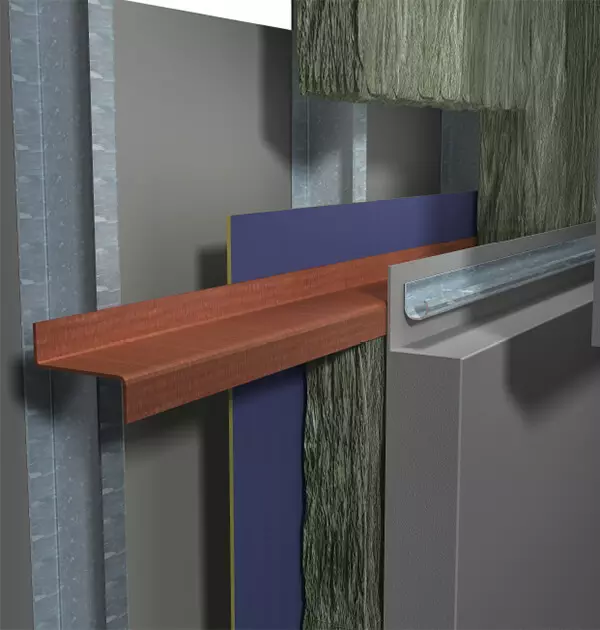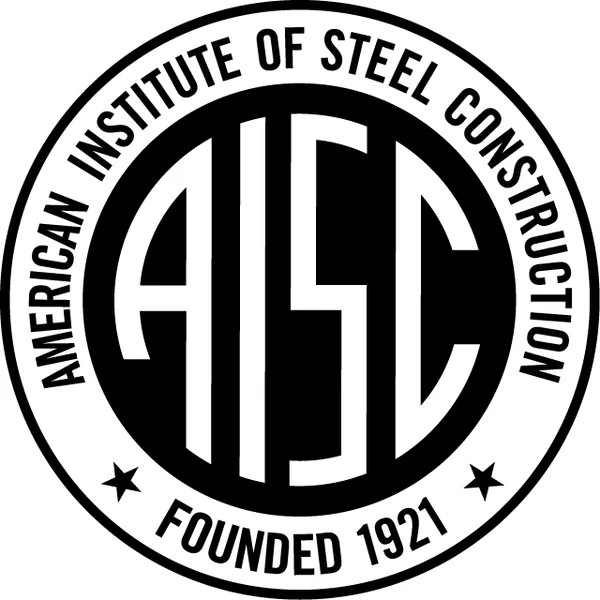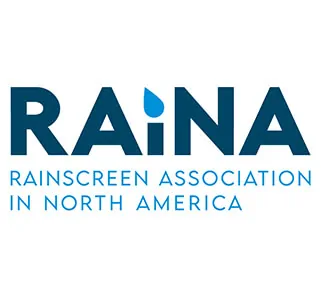Armatherm application
ArmaGirt™ Z-Girt
Cladding Thermal Bridging Solutions
Metallic structural connections, such as clips and girts, which provide thermal bridging when attached to steel stud framing, can undermine continuous insulation. A region of a building that transfers heat more quickly than the materials around it is called a thermal bridge. The U value of wall assemblies is significantly impacted by these connections as well as the steel studs.
These heat flow pathways can degrade insulation efficacy by as much as 50%. The cladding options from Armatherm™ can successfully stop excessive heat losses. By removing highly conductive metal girts and aluminium brackets, ArmaGirt™ Z girts increase the U value of cladding and wall panel assemblies, resulting in up to 98% efficient wall assemblies.
ARMAGIRT™Benefits
- Approved to NFPA 285 standards
- Works with a wide range of cladding systems
- Direct replacement to conductive steel girts
- Can run vertically and horizontally
- Matches standard installation techniques
- Excellent resistance to UV
Cladding Thermal Break
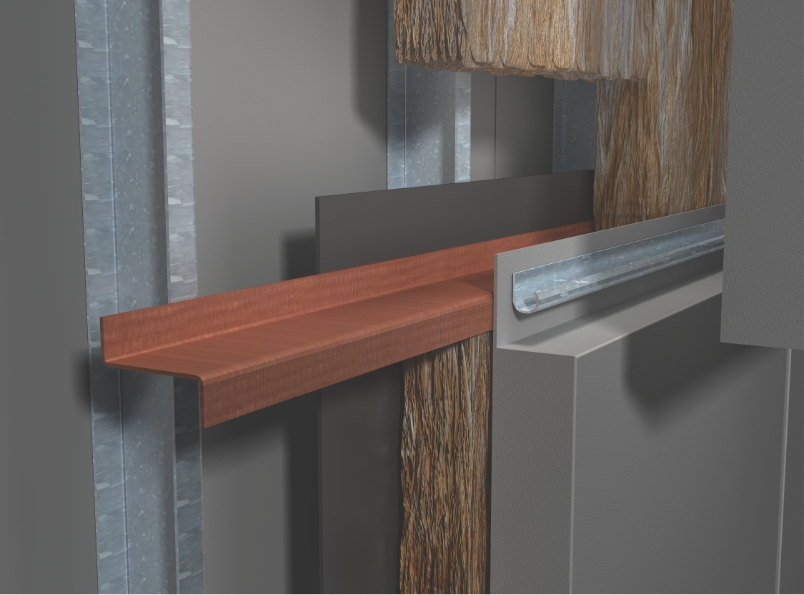
The thermal performance of wall assemblies is enhanced with Armatherm cladding attachments, which greatly reduces thermal bridging. Low thermal conductivity and strong compressive strength are used with ArmaGirt™, clip, and structural thermal break materials to transfer load while minimising heat loss.
In order to be used in structural and façade thermal break connections, the Armatherm’s cladding material is constructed of a reinforced, thermoset resin that exhibits very little creep under pressure and is fire resistant. The thermal photos below show how effectively the connections retain heated air.
Downloads
Request a Quote
If you require a quotation and know the following product information, complete through form below.

